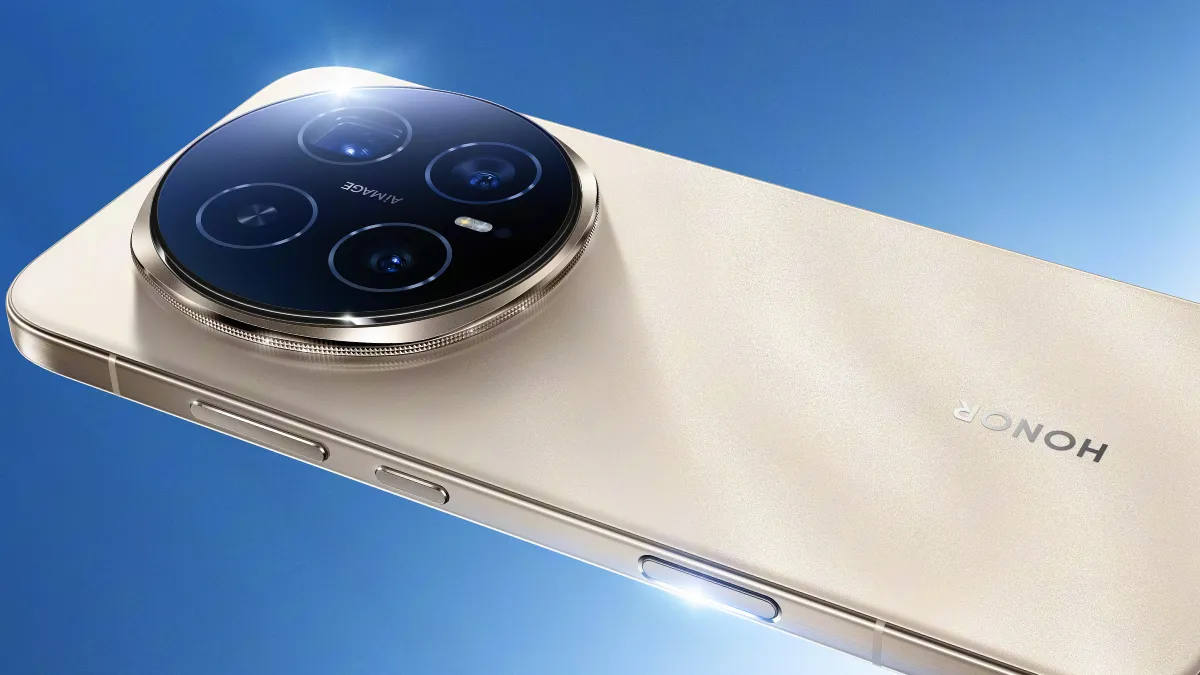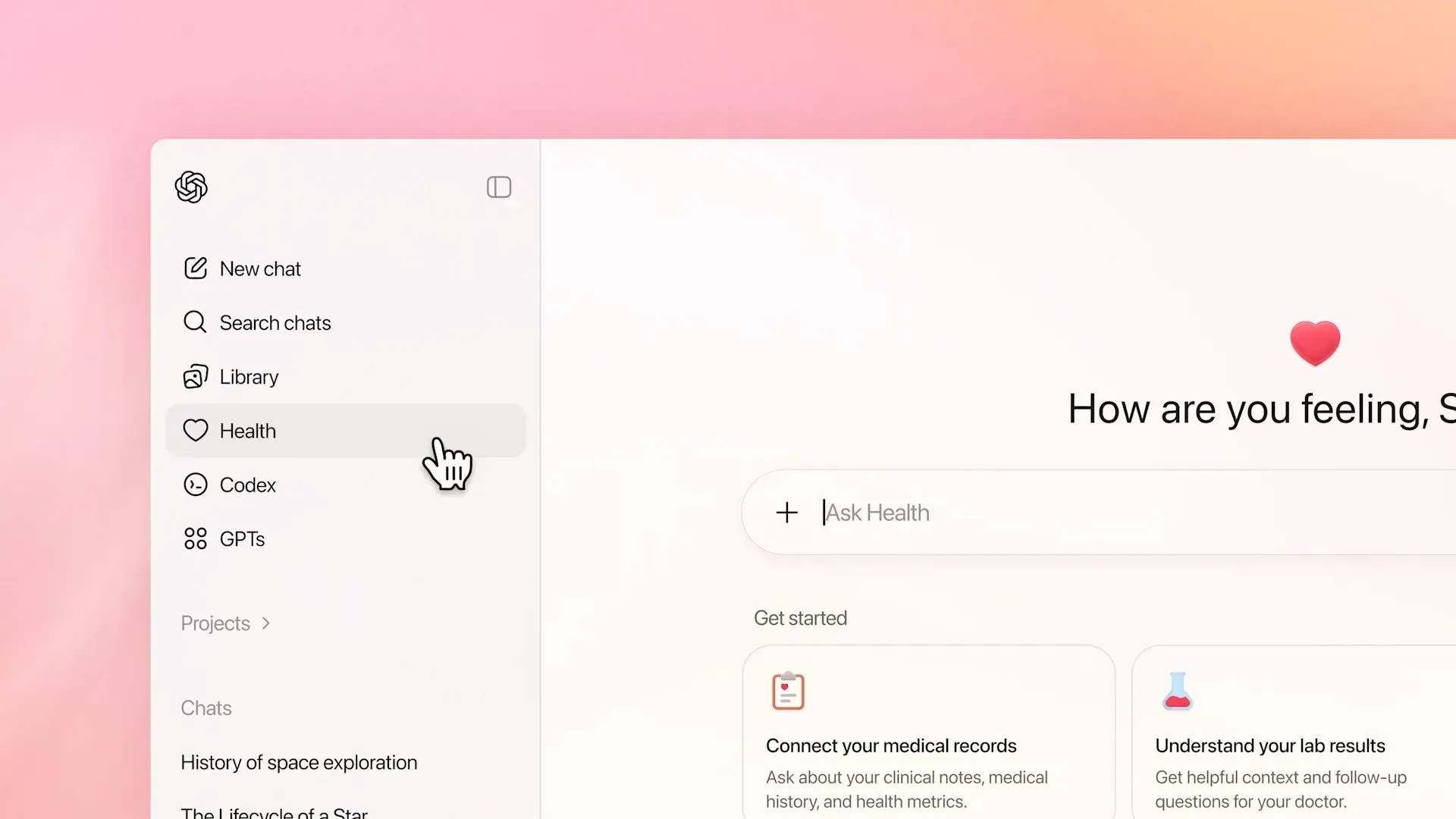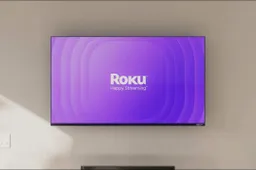How to Fix Blue Screen Error "irql_not_less_or_equal" in Windows
microsoftSaturday, 03 August 2024 at 00:51

The IRQL_NOT_LESS_OR_EQUAL error is a frequent Windows stop code that can trigger a blue screen of death (BSOD) on your PC. This error typically arises from a memory issue, where a process attempts to access a memory address without proper permissions. However, it can also result from driver conflicts or other underlying problems.
If this error is a one-time occurrence, it might not be a cause for concern. However, if you're frequently encountering this BSOD and it's disrupting your activities, you'll need to address it. Here are some potential fixes to try:
What is the IRLQ_NOT_LESS_OR_EQUAL Error That Happens in Windows 10 and 11?
The error code **IRQL_NOT_LESS_OR_EQUAL** might sound technical, but it essentially points to issues with memory access in your PC. This problem can occur on both Windows 10 and Windows 11.
In technical terms, IRQL stands for **Interrupt Request Level**, which is a mechanism PCs use to manage urgent tasks. The “NOT_LESS_OR_EQUAL” part of the error indicates that a system process or device driver is trying to access a memory address beyond its allocated limits. This happens when a process tries to reach a memory address it isn't authorized to access, usually because it exceeds the maximum allowable range for that particular process.

This error triggers what’s called a Stop code (as you can see at the bottom of the lead-in graphic). That throws the Windows OS into a screeching halt and puts up a “blue screen of death” (aka BSOD) like the aforementioned screencap. Windows shows progress (the screencap says “90% complete” as it collects forensic data in the background.
Fix System Files
Corrupted system files can trigger the IRQL_NOT_LESS_OR_EQUAL error. To address this, follow these steps to clean up and repair your system files:
-
Open Command Prompt as Administrator
- Search for "CMD" in the Windows search bar.
- Right-click on Command Prompt and select Run as administrator.
-
Run DISM Tool
- Enter the command:
DISM /Online /Cleanup-image /Checkhealthand press Enter. - If the scan finds issues, use:
DISM /Online /Cleanup-image /RestoreHealthto repair the corrupted files.
- Enter the command:
-
Run System File Checker
- Type
SFC /SCANNOWand press Enter. - This scan may take longer and will show a percentage of completion. It identifies and replaces problematic system files.
- Type
These steps should help resolve any file corruption contributing to the error.
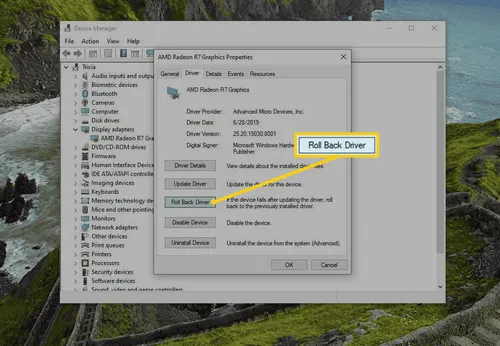
Update or Roll Back Your Drivers
If you've recently updated or haven't updated your drivers in a while, they might be the cause of the IRQL_NOT_LESS_OR_EQUAL error. Here’s how to address this issue:
-
Roll Back Recent Drivers
- Open Device Manager: Search for "Device Manager" in Windows search and open it.
- Find the Device: Identify the device you recently updated (such as a Wi-Fi adapter, printer, or webcam).
- Access Properties: Right-click on the device and choose Properties.
- Roll Back Driver: On the Driver tab, click Roll Back Driver to revert to the previous version. Restart your PC to see if the issue is resolved.
-
Update Outdated Drivers
- Run Windows Update: Check for updates through Windows Update to get the latest generic drivers.
- Update Graphics Drivers: Visit your graphics card manufacturer’s website to download and install the most recent drivers manually.
- Update Chipset Drivers: These are different from CPU drivers but are crucial for system stability. Go to the manufacturer’s website for your PC or motherboard to download and install the latest chipset drivers.
Updating or rolling back drivers can often resolve issues related to system errors and improve overall stability.
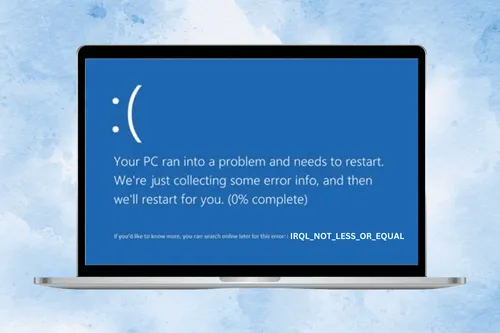
Windows System Restore
If a recent change might be causing the IRQL_NOT_LESS_OR_EQUAL error but you're unsure of the specific cause, using System Restore can quickly revert your PC to a state before the issue began. This method can save you time by restoring your system to a working condition, though you'll need to avoid repeating the same changes that led to the problem.
To use System Restore:
- Follow our guide on restoring your system to a previous state where it was functioning correctly, free from blue screen errors.
Run Windows Anti-Malware Scan
Malware might be behind the IRQL_NOT_LESS_OR_EQUAL error, either directly causing it or creating problems that lead to it. Running a comprehensive scan with your preferred antivirus software can help identify and remove malicious software.
If you don’t have antivirus software, you can use Microsoft Defender Antivirus to perform a manual scan.
Run the Windows Memory Diagnostic Tool
Though hardware issues are less common culprits for the IRQL_NOT_LESS_OR_EQUAL error, it's worth checking if faulty memory might be the cause. Windows offers a built-in Memory Diagnostic tool that can help identify memory problems.
To use it:
- Search for "Windows Memory Diagnostic" in the Windows search bar and select the tool from the results.
- Choose whether to restart your PC immediately or later.
- When your PC restarts, the diagnostic tool will run a memory check and report any issues.
If the tool finds memory problems and you need to replace your RAM, follow the manufacturer's recommendations for purchasing compatible memory.
Conclusion
The error code **IRQL_NOT_LESS_OR_EQUAL** might sound complicated, but it's really about your computer having trouble with memory. This can happen on both Windows 10 and Windows 11.
Here's a simpler way to think about it: Your computer uses something called Interrupt Request Level (IRQL) to handle important tasks. When you see this error, it means that a program or device driver is trying to use a part of the computer’s memory it shouldn't be touching. It’s like someone trying to open a locked door they don’t have the key. This happens because the program is trying to go beyond the limits it’s allowed to. Finding the reason behind the issue and trying to fix it with the above methods is vital for a stable experience with Windows.
Loading

